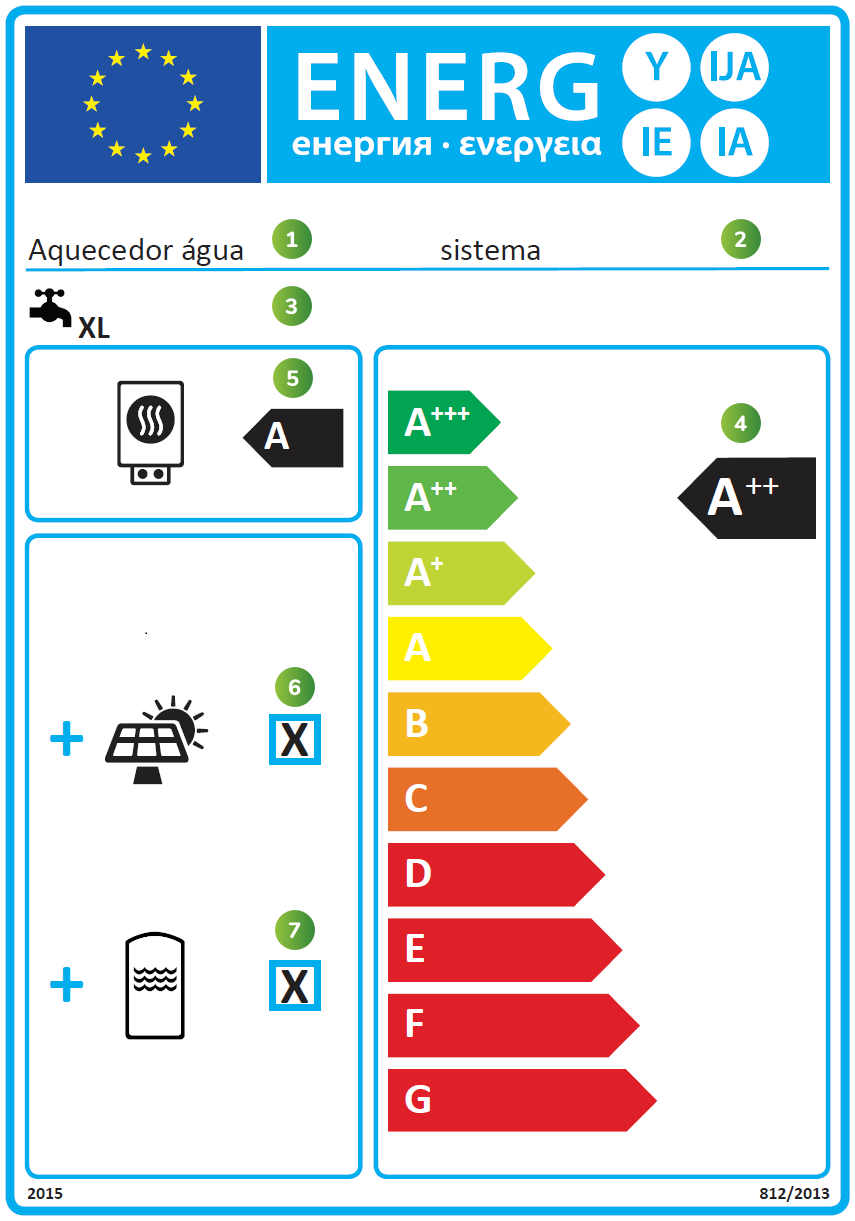The production of domestic hot water (DHW) represents 24% of the energy consumption in a home, it is important to choose efficient equipment that will ensure a lower energy consumption.
HOW TO REDUCE YOUR CONSUMPTION ASSOCIATED WITH AQS PRODUCTION?
Gas water heaters are the most used equipment for the production of hot water, as they ensure good performance, with an efficiency of 88% for the entire nominal load.
These are considered instantaneous equipment because, when they are turned on, they immediately start to heat the water. However, until the water reaches the ideal temperature, it will still take a few seconds.
This period of time is one of the main points of wasting energy and water when using a water heater, and will be all the greater as the distance between the heating system and the consumption point. Another disadvantage of this type of equipment is related to the system stops because, each time the equipment is turned on or off, the alternation considerably increases the consumption of water and energy and deteriorates the equipment.
It should be noted that most of these devices do not support the supply of hot water at two points of consumption at the same time, as the power of the device does not allow the heating of such volume of water. For this to be possible, very high powers are required. If we consider the instantaneous flow foreseen for an individual shower of 0.15 L / sec, 9 L / min are spent in a conventional bath. For the supply of hot water at two points of consumption simultaneously, it will be necessary to have an equipment with twice the power, that is, an equipment that ensures the heating of at least 18 L / min.
Below are some possible flow / power combinations to determine the water heating capacity of your equipment:
Esquentador antigo
Um esquentador com mais de 10 anos, devido à sua baixa eficiência, apresenta um consumo anual de 191€.
Esquentador Classe A
Para o mesmo tipo de utilização um esquentador classe A, representa um custo anual de 154€.
Poupança
Ao substituir o seu esquentador antigo por um classe A poderá obter reduções anuais nos consumos energéticos na ordem dos 37€.



 Simulador Simples
Simulador Simples Simulador Avançado
Simulador Avançado